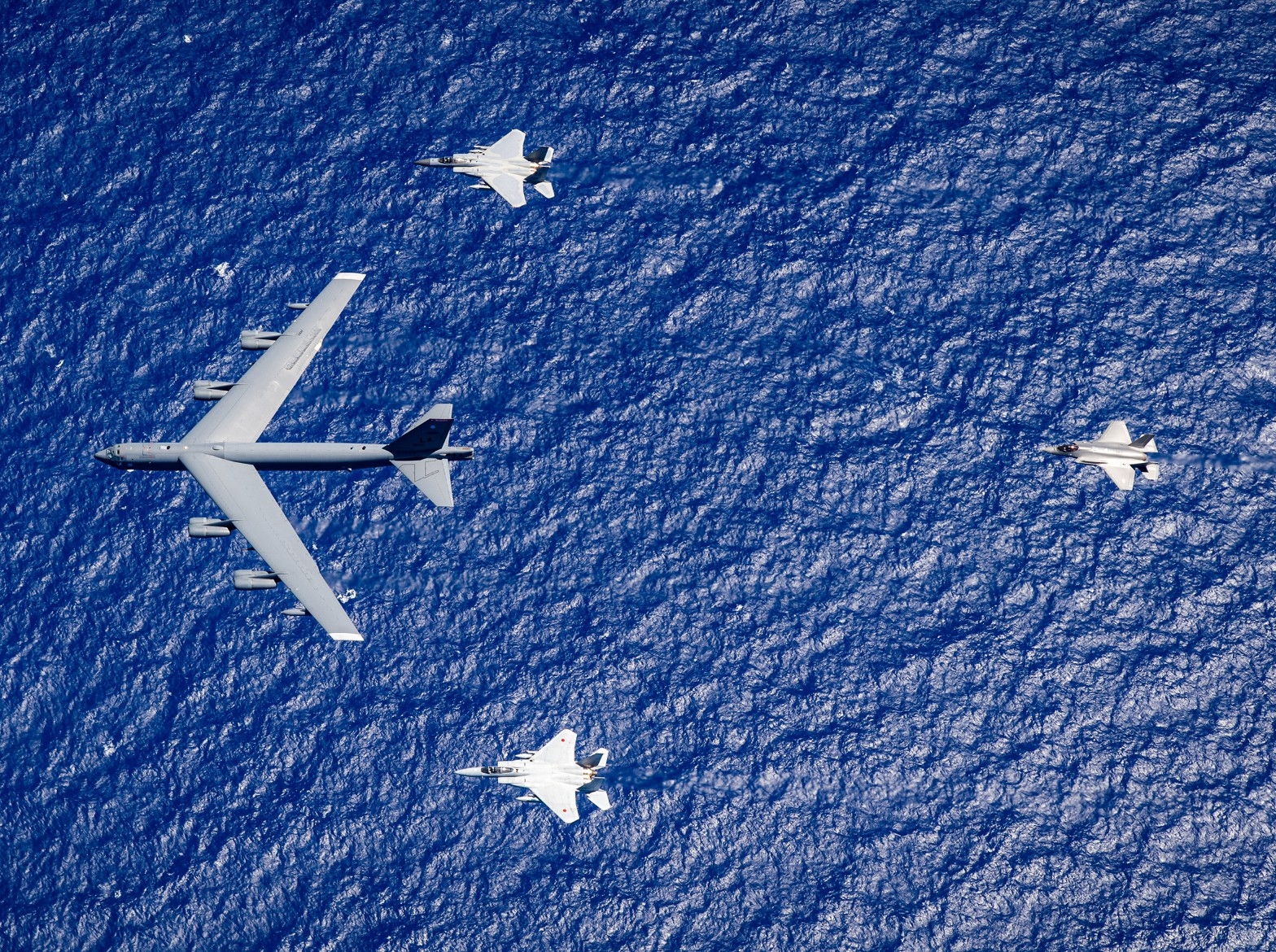
The expansion of Chinese military activity and capabilities in the Indo-Pacific region has led the United States to undertake its own increase in activity in the region over the past decade. As the United States expands its military activities to safeguard its regional interests, the potential reactions of China are a crucial consideration. A RAND report provides U.S. military planners and policymakers with guidance regarding how the characteristics of different potential U.S. military activities may affect Chinese perceptions and reactions, either in ways that the United States may prefer, such as by enhancing deterrence of People’s Republic of China (PRC) aggression against U.S. allies and partners, or in ways that the United States may wish to avoid, such as by increasing the risk of aggression and escalation.
The authors developed a framework for assessing likely Chinese reactions to U.S. military activities. The framework identifies the key factors that drive Chinese thinking and reactions, assesses how the characteristics of U.S. activities — their location, the U.S. allies or partners involved, their military capabilities, and the public profile or messaging that accompanies them — have the potential to affect Chinese reactions through each key factor, and provides a typology of potential Chinese reactions organized by their level of intensity.
The authors also developed a comprehensive set of potential military activities that the United States could undertake in the Indo-Pacific and evaluated the implications of the framework, highlighting how the PRC would likely perceive and react to different types of activities.
Key Findings
- China assumes that most U.S. military activities in the region are hostile to China. While U.S. policymakers can assume a negative Chinese reaction to most U.S. military activities in the region, the questions of the degree or intensity of those reactions, rather than just their direction, remain crucial.
- China’s level of concern for a U.S. military activity does not directly correlate with the near-term aggressiveness of its responses. China’s responses to activities that it finds highly concerning could involve a mixture of political or economic inducements or coercion, in addition to or instead of military responses.
- China’s clear “redlines” appear to be limited in number. The analysis highlighted only a handful of activity characteristics likely to be associated with the most escalatory types of PRC responses, including proximity to or involvement of Taiwan or capabilities that threaten PRC command and control, nuclear, or regime targets.
- Chinese sensitivities regarding Taiwan are likely to continue to complicate efforts to better defend the island while avoiding escalation. Chinese “redlines” generally touch directly on capabilities and locations that would be of substantial utility for the defense of Taiwan.
- U.S. activities that pose acute concerns for China are more likely to trigger consequential changes in longer-term PRC policies.
- China is now more likely to use lower-level military responses to signal disapproval or apply pressure than in the past. China’s recent development of less-escalatory military options increases the likelihood that it would incorporate a lower-level military action into its response to a concerning U.S. military activity.
Recommendations
- U.S. military planners should utilize the considerations highlighted in this report to balance different activity characteristics to reduce the likelihood of an escalatory PRC response while accomplishing key objectives.
- U.S. military activities that directly involve Taiwan or that incorporate capabilities that could enable U.S. strikes on PRC regime or nuclear targets should be scrutinized with particular care.
- U.S. military planners should focus on aggregating lower-risk activities involving Taiwan to enhance the defense of the island. Smaller-scale or otherwise less-risky activities could potentially enhance Taiwan’s defense, in larger numbers or over time, with less likelihood of leading to a disproportionately aggressive PRC response.

